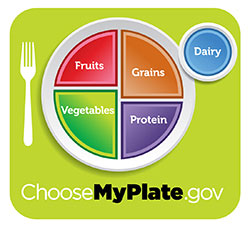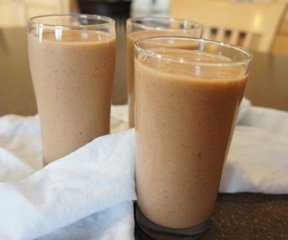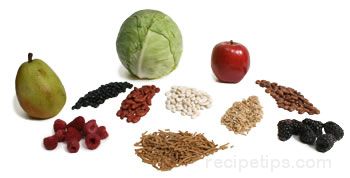Fiber Defined | High Fiber Foods | Health Benefits of Fiber
Fiber Defined
|
Fiber is a type of carbohydrate found in plant foods such as fruits, legumes, vegetables, and whole-grains, which cannot be fully digested. Commonly referred to as dietary fiber or roughage, fiber adds bulk to a diet, assisting digestion and bowel movement functions. Eating foods that are high in fiber tend to make you feel full, which helps people who are dieting to lower their consumption of food; therefore, their calorie intake is reduced resulting in weight loss. Since fiber cannot be absorbed by the body, it contains no calories. There are two types of fiber or roughage, as it is sometimes called: water soluble (i.e., gums, pectins, and mucilages) and water insoluble (i.e., cellulose, hemicelluloses, and lignins). Each plays a role in providing health benefits. |
High Fiber Foods
Some of the Foods that are High in Fiber |
|
|
Health Benefits of Fiber
|
Various studies have shown that consuming a healthy amount of dietary fiber may lessen the risk of developing a number of diseases and conditions including the following: | |
|
|
|
Fiber binds to cholesterol and bacterial toxins in the intestinal tract, helping to rid the body of those substances. Consuming fiber in enormous amounts over a short period can result in gas, bloating, and cramps. These adverse affects are caused by the fermentation of fiber and indigestible sugars in the colon. Slowly adding dietary fiber to your diet and drinking plenty of fluids will help to eliminate these side effects. The daily recommendation of fiber intake is 20-35 grams a day. Sensitivity to fiber varies greatly from person to person. The goal is to consume enough fiber to create normal bowel movements. | |



















